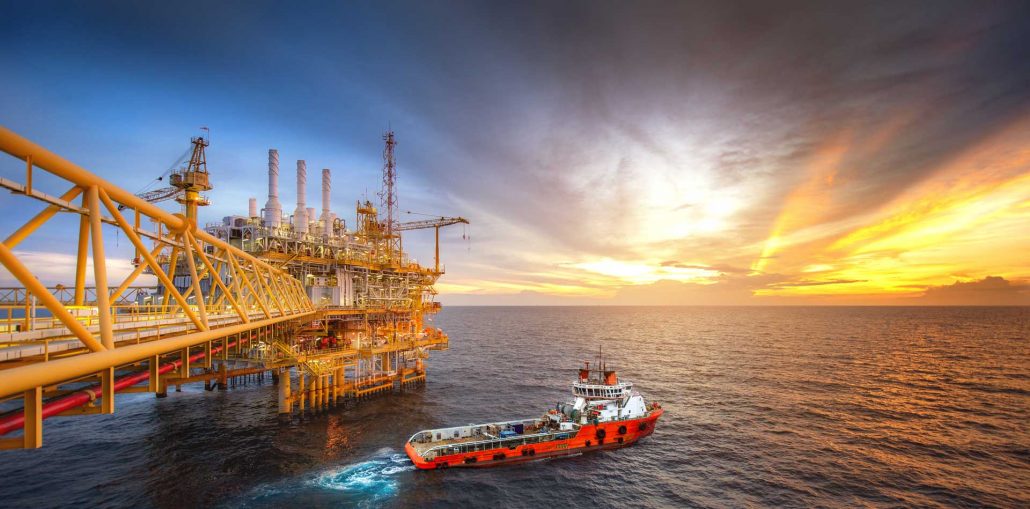
A new study by researchers from the Indian Institute of Technology Delhi and m4p material solutions GmbH, Austria, examines the corrosion resistance of an Al-Mg-Sc-Zr alloy in a marine environment. Published in Materials Letters, the study shows the alloy’s superior performance in a 3.5wt% NaCl solution, simulating seawater conditions. The research suggests that this alloy, with a low Sc/Zr ratio (less than 1), could outperform other Al-Mg-Sc-Zr alloys. It is ideal for marine applications that require corrosion resistance.
Microstructure and Composition Improve Corrosion Resistance
Researchers used X-ray diffraction (XRD) to analyze the alloy’s phase composition. The results revealed an aluminum matrix with a face-centered cubic (FCC) structure. The secondary phase, Al3(Sc,Zr), showed an L12 crystal structure. The alloy’s microstructure contained both fine equiaxed and columnar grains. These features, influenced by thermal gradients in the additive manufacturing process, enhance the alloy’s corrosion resistance.
Electrochemical Tests Confirm Superior Performance
Potentiodynamic polarization and electrochemical impedance spectroscopy (EIS) tests in a 3.5wt% NaCl solution revealed that the alloy with a low Sc/Zr ratio had a less negative corrosion potential. It also showed a lower corrosion current density compared to alloys with higher Sc/Zr ratios. The fine-grained structure and stable oxide layer, enhanced by higher Zr content, help protect the alloy from corrosion. This makes it a promising candidate for saltwater environments.
Marine and Structural Applications
This study shows that the Al-Mg-Sc-Zr alloy is suitable for marine environments, where corrosion resistance is essential. The alloy’s fine grain structure and improved oxide layer help it withstand harsh seawater conditions. The additive manufacturing process, along with the alloy’s design, makes it ideal for marine and structural applications requiring long-lasting corrosion protection.







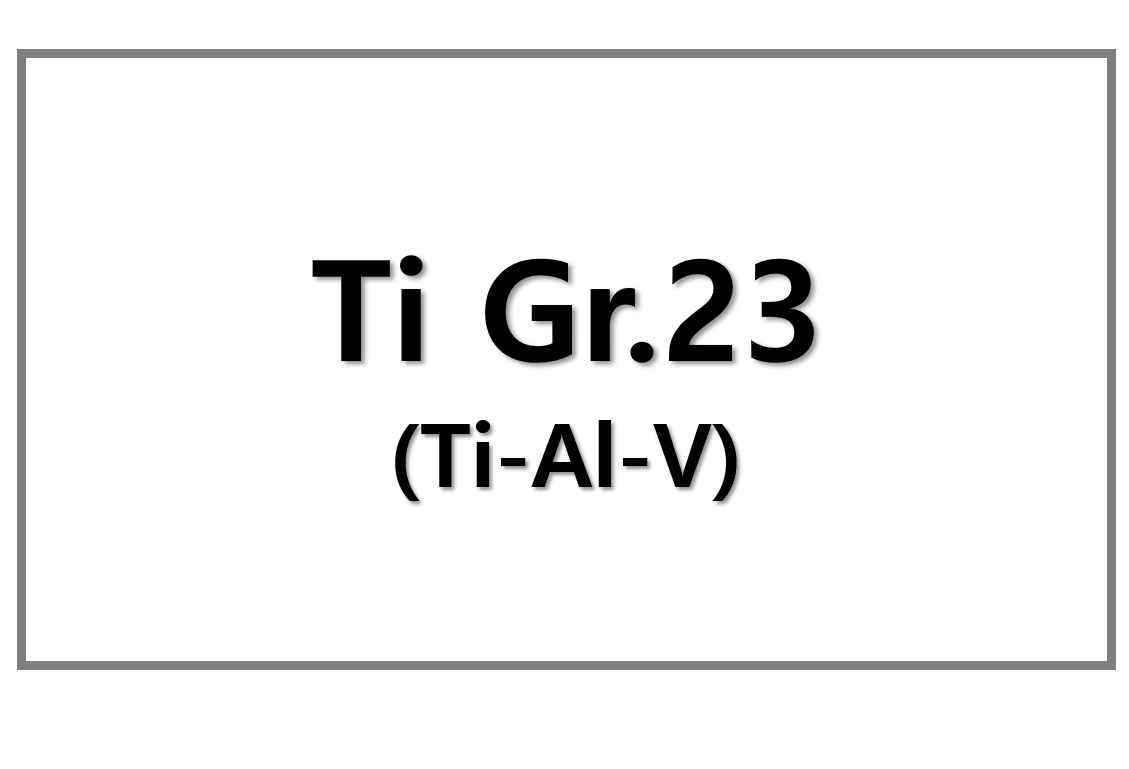
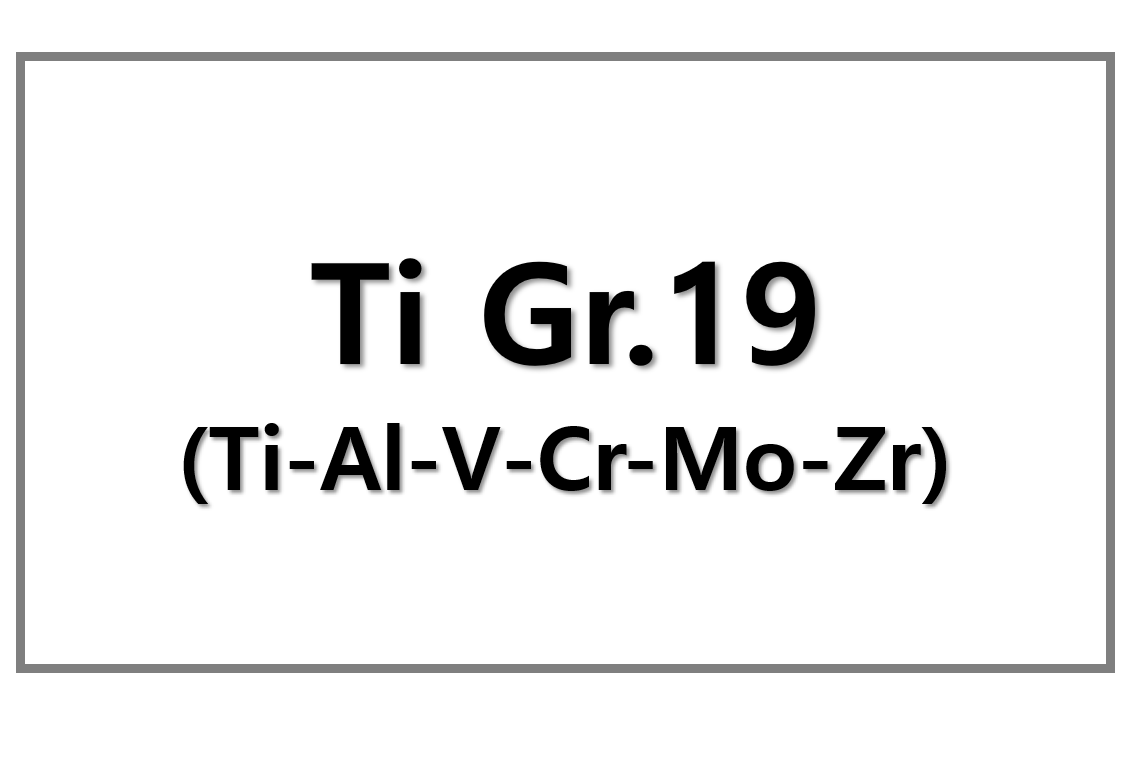
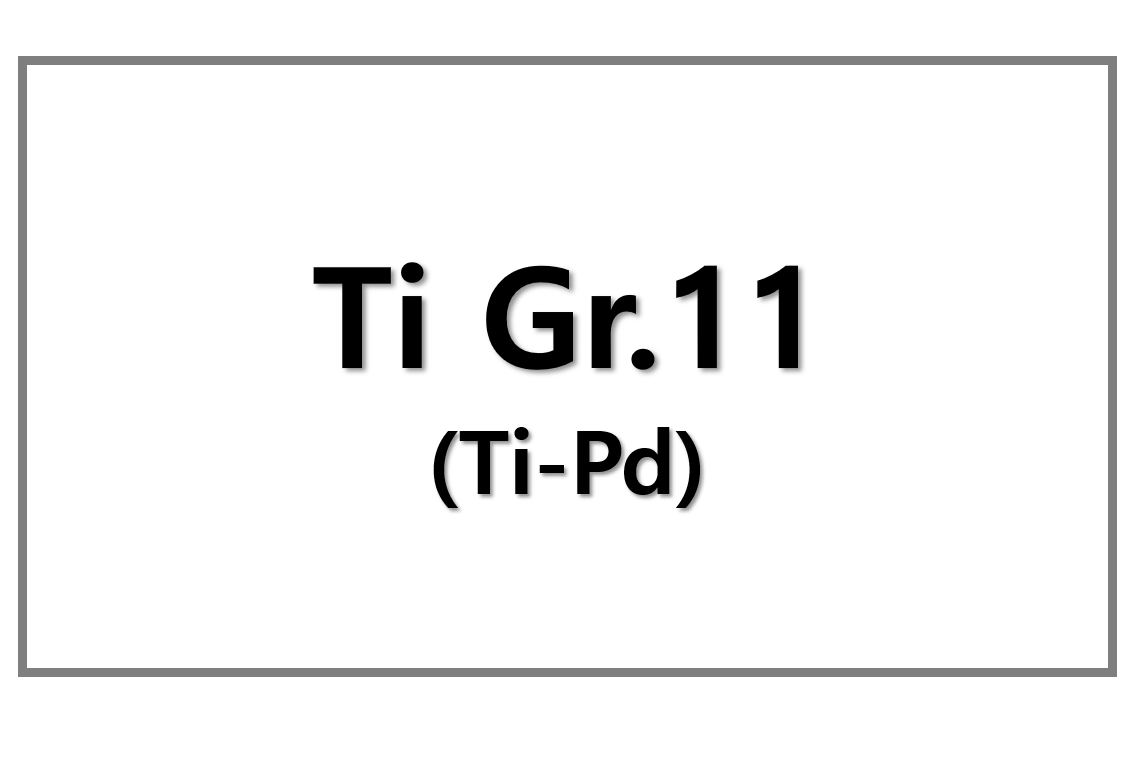
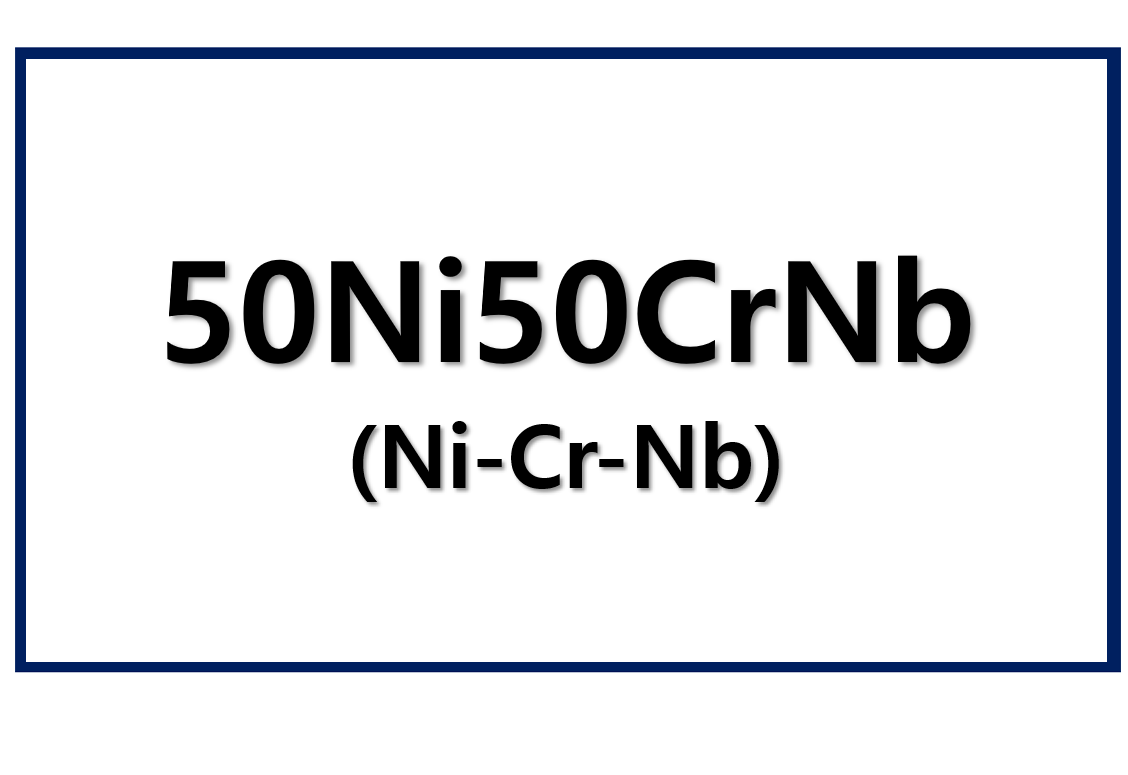
Leave a Reply
You must be logged in to post a comment.